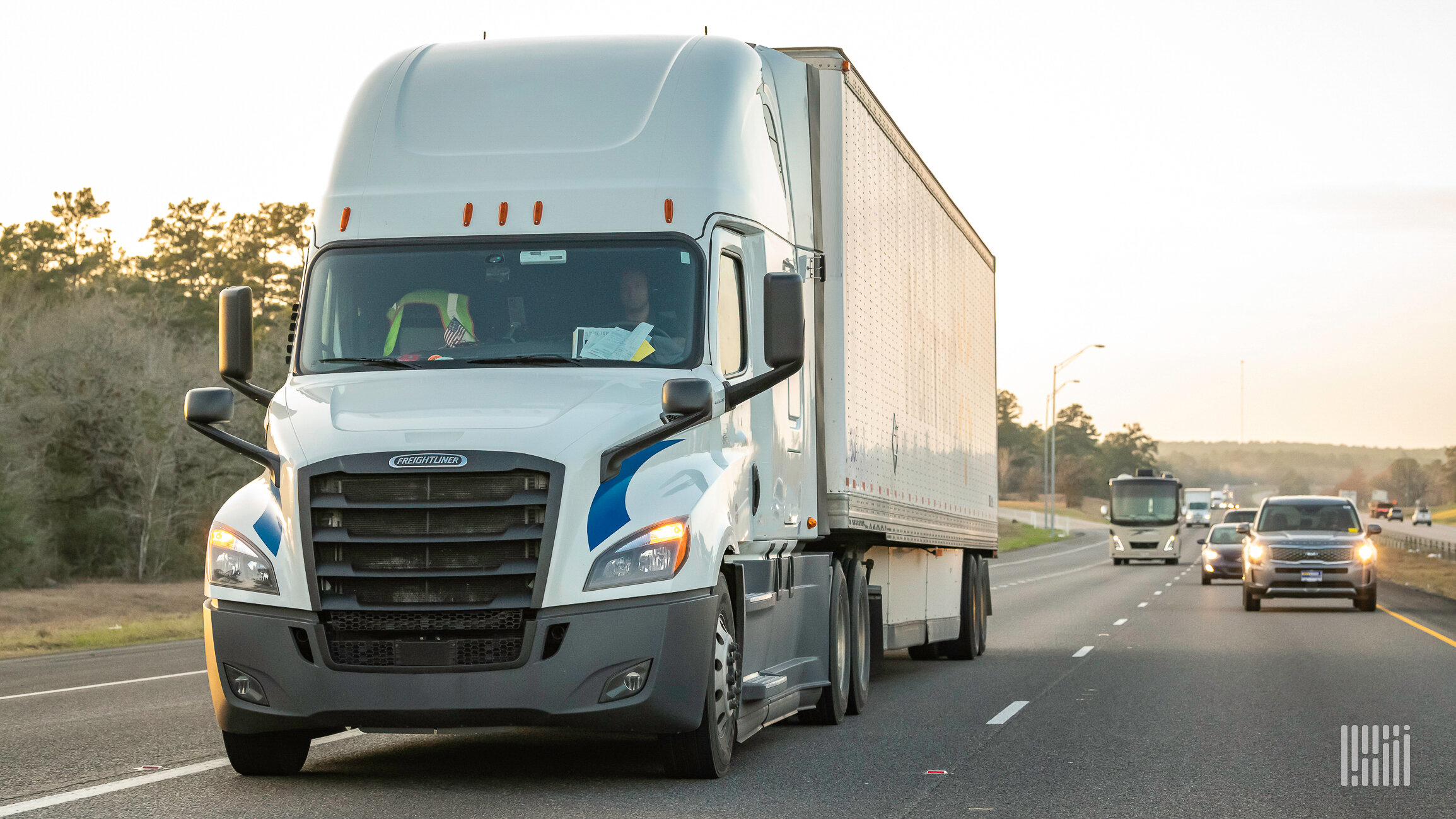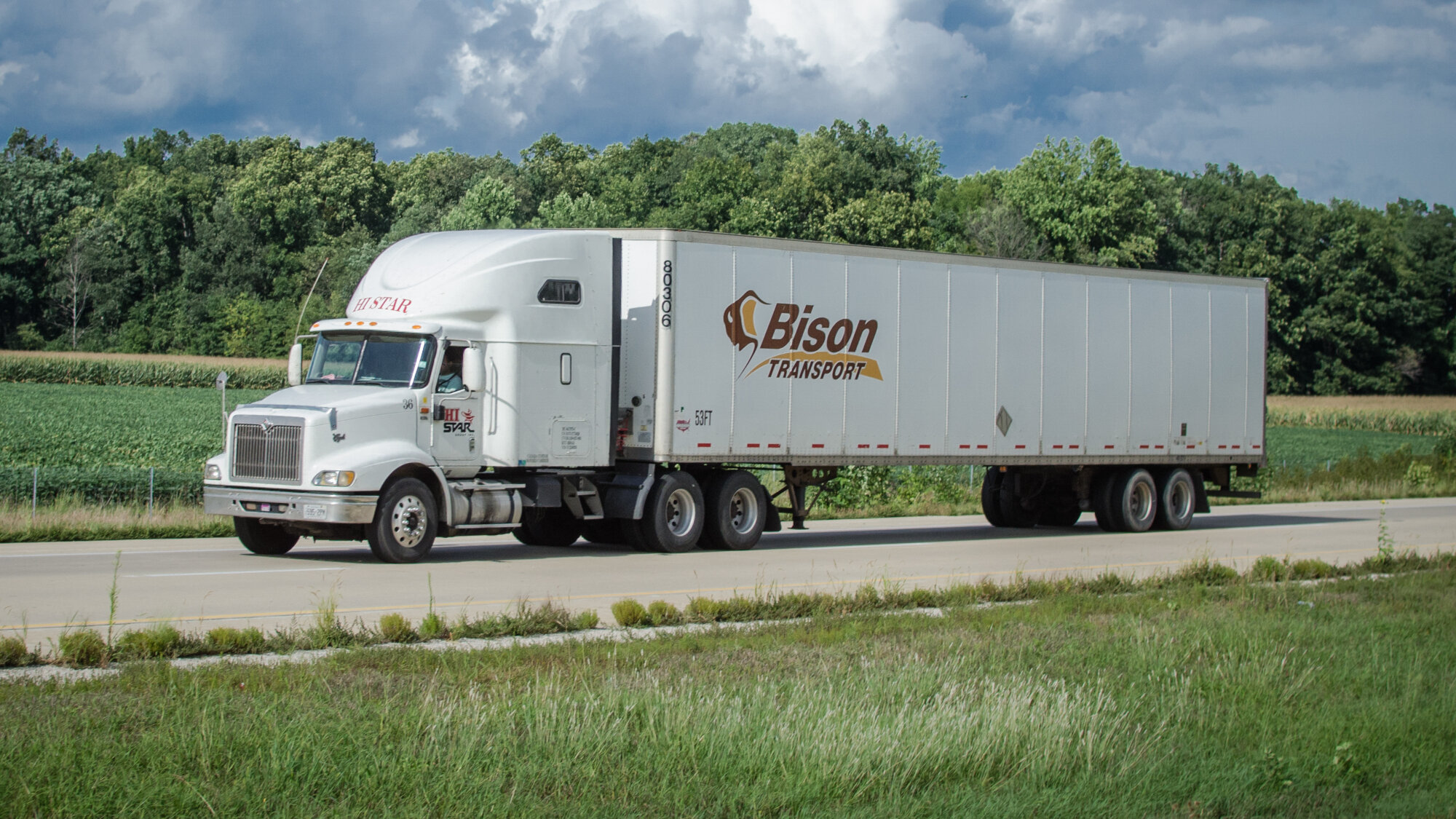
Guest post by FreightWaves’ Alan Adler
The trucking industry is officially in a recession, according to data tracked by ACT Research.
After months of suggesting a pullback was possible, ACT President Kenny Vieth told FreightWaves on Thursday, July 11 that all metrics his firm tracks meet the technical definition of a recession – two consecutive quarters of negative growth.
“Every freight metric we look at has been negative for at least six months,” he said.
Anemic orders of new trucks, swelling inventories on dealer lots and declines in spot rates for same-day truckloads contributed to ACT’s declaration.
ACT vice president and senior analyst Tim Denoyer said five datasets align:
The Cass Freight Index was down 6 percent in May. It marked the sixth consecutive month of declines on a year-over-year basis.
-
Less-than-truckload tonnage has been lower for seven of the last eight months. It fell 4.3 percent in May compared to the same month a year ago.
-
Volumes at the seven Class I railroads (SONAR: RTOTC.CLASSI) have declined for 26 straight weeks after three strong weeks in January. (During these three weeks the railroads carried Chinese freight shipped ahead of expected tariff increases in January that did not go into effect until June.)
-
ACT’s For-Hire Trucking Index stood at 46.7 in May based on an index of 50 being neutral. Publicly traded shippers report to ACT how many loads are in the marketplace.
-
The DAT Solutions Trendlines spot market loads declined for 10 consecutive months. It was down 50 percent year-over-year in June after a 70 percent decline in May compared with May 2018.
The lone outlier is the ATA Load Index compiled by the American Trucking Associations. It remained slightly positive through May.

(SONAR: RTOTC.CLASSI)
Too many trucks for too little freight
“We’re having negligible freight growth in 2019 while adding 6 percent to 7 percent to the Class 8 active fleet,” Vieth said. That means many more new trucks are available than buyers who want them.
The order backlog for new heavy-duty trucks was about 215,000 at the end of May. It should decline to about 195,000 when June figures are compiled. So far, the number of orders canceled is below average.
New truck orders soared in June, July and August of 2018 (SONAR: ORDERS.CL8), typically the three slowest order months of the year. Fleets raced to place orders so they could have new equipment to take advantage of a hot freight market. That led truck makers to pull ahead business that typically is booked in the fall.
Orders began to ease in November 2018, and have been lower every month on a year-over-year basis since. The 13,100 orders placed in June compared with 42,200 placed in the same month last year.

SONAR Tickers: ORDERS.CL8 (new truck orders), RTOTC,CLASSI (total Class 1 carloads)
June orders this year may include some Freightlner orders because the Daimler Trucks North America (OTC:DDAIF) division again opened its order books early.
Production expected to slow
According to ACT’s latest North American Commercial Vehicle OUTLOOK, current build rates suggest a slight upside to the 2019 forecast. But swollen inventories of new trucks and deteriorating freight and rate conditions make that questionable.
“Carrier profitability and production peaks always lag the freight cycle, so capacity building always accelerates relative to freight growth at exactly the wrong time,” Vieth said. Production historically peaks at five quarters.
ACT pegs June 2018 as the peak for Class 8 production, “so we are just now entering quarter five,” Vieth said.
Swollen inventories
New truck inventory stood at 54,000 in May 2018 compared with 78,000 this May. The ideal inventory-to-sales ratio is 2.2 months, or 53 days. The higher inventory this May equaled 2.8 months.
Class 8 retail sales for the three months ending in May averaged 29,900. ACT predicts monthly sales in 2020 to average 22,000.
“The problem is when demand rolls over from 30,000 retail sales to 20,000 retail sales a month,” Vieth said, “The industry needs to pare the inventory they built because of the roller-coaster nature of trucking.”
Spot rate projections
Denoyer said the extraordinary strength of the spot freight market for several months of 2018 allowed for-hire truckers to raise rates as much as 30 percent. Rates are now down 20 percent, so almost all of last year’s gain has evaporated.
“It is still up over two years ago,” Denoyer said. “But we’re into a down cycle for freight and rates.”
Contract rates currently are being negotiated for the next year. ACT expects shippers to find savings compared with last year, reversing part of the double-digit increases some shippers paid.





















